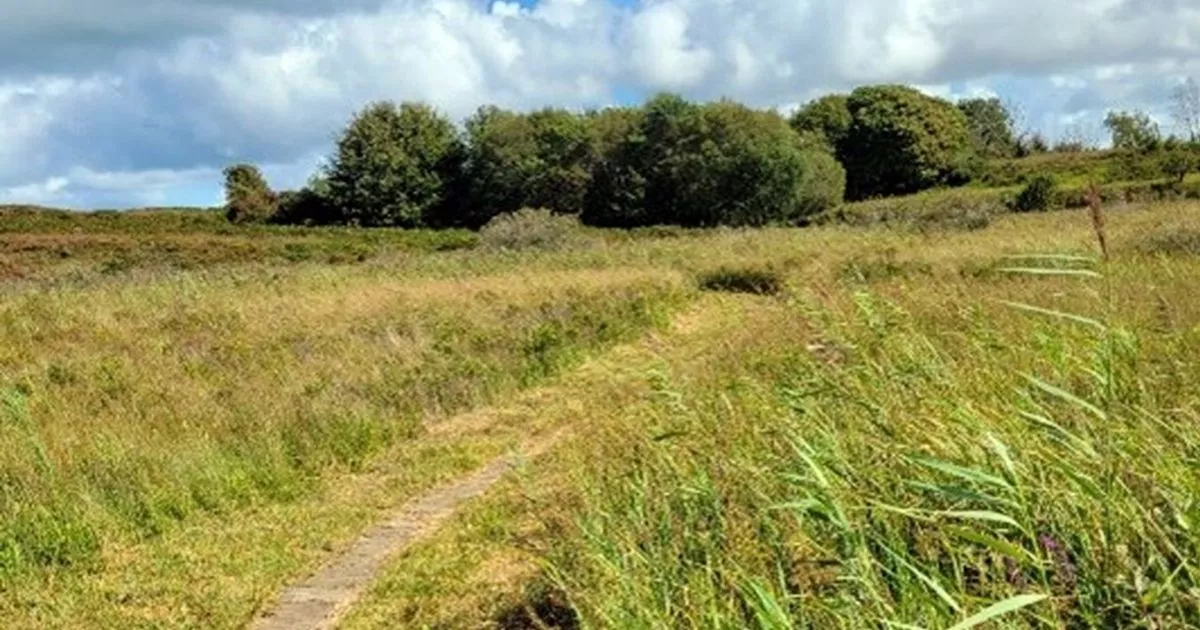By Andrew Forgrave
Copyright dailypost

A moth-like insect, thought to have been extinct in Britain since 2016, has been found on Anglesey. Wildlife surveyors came across the hairy-winged bug while searching for another rarity at Cors Goch, a nature reserve near Llanbedrgoch.
It was positively identified as a species of caddisfly with the Latin name of Limnephilus pati. Caddisflies – also known as “sedge flies” – are typically found in wetlands: as larvae, they are known for making pupal cases from stones, sand and leaves, and wrapping them with silk.
Cors Goch is now one of only three places in Britain where this species has been found since it was presumed extinct in 2016. The other sites are Market Weston Fen, Suffolk, and Eochar in South Uist, Scotland.
Clare Sampson, Natur am Byth (NaB) project manager for RSPB, said: “Anglesey is the only known place in Wales where you can find this unique caddisfly. Caddisflies survive by being masters of disguise; the brown adults blend into the vegetation, while the larvae live inside cases that they camouflage with stems, sand and seeds.
“Discoveries like this prove that there are always exciting finds in nature, and they can be found right on your doorstep.”
Working with the RSPB and North Wales Wildlife Trust, surveyors set light traps on the fens in July and August. They aimed to record the caddisfly species living on the reserve’s wetland habitat. Join the North Wales Live Whatsapp community now
The team was specifically looking for a NaB target species, Limnephilus tauricus – and they were delighted to trap an even rarer caddisfly species. According to Clare, Limnephilus pati needs clean, calcium-rich water to survive – she said these habitats were once diverse but are at risk of drying out and are vulnerable to farm pollution.
Unlike moths, caddisflies have fine hairs on their wings instead of scales. They are often active at night and will swarm over water.
As adults they are short-lived but they are still an important food source for fish and birds.
Clare added: “It was a delight to find this species at Cors Goch along with a number of other species that indicate clean water and a rich habitat.
“This incredible discovery shows why consistent surveying is such an important element of conservation work.” Get the best island stories from our Anglesey newsletter – sent every Friday
Cors Goch is also home to two other NaB target species, the Clubbed General Soldier Fly and Dwarf Stonewort. They too rely on clean, calcium-rich waters to survive.
Clare added: “By gathering data on our most at risk species and their habitats we can focus our work where it’s needed most and ensure their survival now and into the future.”
Find out what’s happening near you



